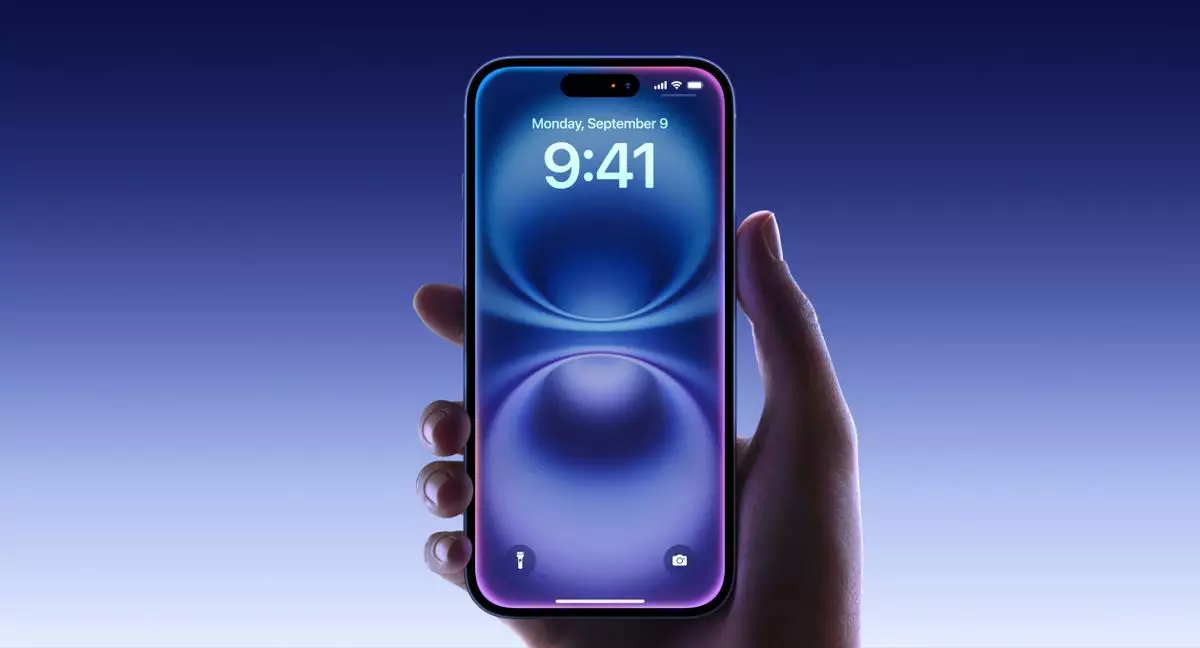The recent sentencing of two Chinese nationals for defrauding Apple Inc. out of more than $2.5 million has unveiled a troubling reality about the vulnerabilities present within major corporations. This case, reported by the U.S. Department of Justice’s Office of Public Affairs, highlights how a well-executed fraudulent operation can not only exploit corporate systems but also pose significant threats to consumer trust. The duo orchestrated a scheme that involved sending counterfeit iPhones to Apple, claiming they required repairs and ultimately receiving legitimate devices in return.
This revelation showcases a sophisticated manipulation of Apple’s repair process, raising concerns about the effectiveness of counterfeit detection methods employed by even the biggest tech companies. If Apple—known for its rigorous standards—was unable to consistently discern the authentic from the fake, it prompts questions about how ordinary consumers navigate a market inundated with counterfeit products. It underscores a sobering truth: deception in the modern marketplace can be alarmingly convincing.
While the criminals received their sentences, including monetary restitution of nearly $1.5 million, this sum falls well short of Apple’s estimated losses. The disparity between the restitution and actual damage highlights a glaring inadequacy in penal responses to corporate fraud. With companies as wealthy as Apple, a loss of a million dollars may seem trivial, yet the larger picture reveals systemic flaws. These include the legal and logistical challenges of recuperating losses in fraud cases and the broader implications for technological integrity and user trust.
The statistics are staggering: over 5,000 counterfeit phones submitted during the conspiracy. The implications of this scale of fraud are profound, not just for Apple but for consumers as well. If the perpetration of fraud can thrive unchecked for an extended period, it raises alarms about consumer protection standards, signaling the potential for widespread financial loss to unsuspecting buyers.
This incident accentuates the cognitive dissonance inherent in today’s technology-driven world. While companies invest heavily in controls and systems designed to safeguard against fraud, the reality remains that these protections are not foolproof. The case poses significant implications: if sophisticated operations can exploit such vulnerabilities, the average consumer lacks the tools or knowledge to adequately protect themselves.
For instance, counterfeit smartphones are often deceptively similar to their authentic counterparts, and without proper technical knowledge, a typical buyer may not even realize they’ve purchased a fake device. This situation can lead to not only financial loss but also compromises in personal security, as fraudulent devices may come preloaded with malicious software aiming to compromise sensitive information.
Thus, this unfolding saga serves as a potent reminder of the importance of vigilance in today’s digital marketplace. As consumers, exercising caution is paramount. If purchasing a second-hand smartphone, ensure you procure it from a reputable source. This ethos extends beyond smartphones into all tech-related purchases, further illustrated by alarming reports concerning fraudulent computer hardware—an issue many savvy gamers are all too familiar with.
The broader implication here speaks to the need for consumer education regarding the risks associated with purchasing technology. Knowledge around authenticity verification, return policies, and trustworthy vendor assessments is invaluable. A good rule of thumb to remember is that if a deal seems too enticing, it likely warrants suspicion.
Ultimately, this story is not just about two convicted fraudsters; it is a narrative of systemic vulnerabilities and the imperative of consumer awareness. It challenges giants like Apple to reinforce their protective measures while urging consumers to be informed and skeptical. As long as there are those willing to exploit the system, the fight against fraud will be ongoing. Thus, vigilance must extend not only to major corporations but also to the everyday consumer navigating a world rife with counterfeits.

